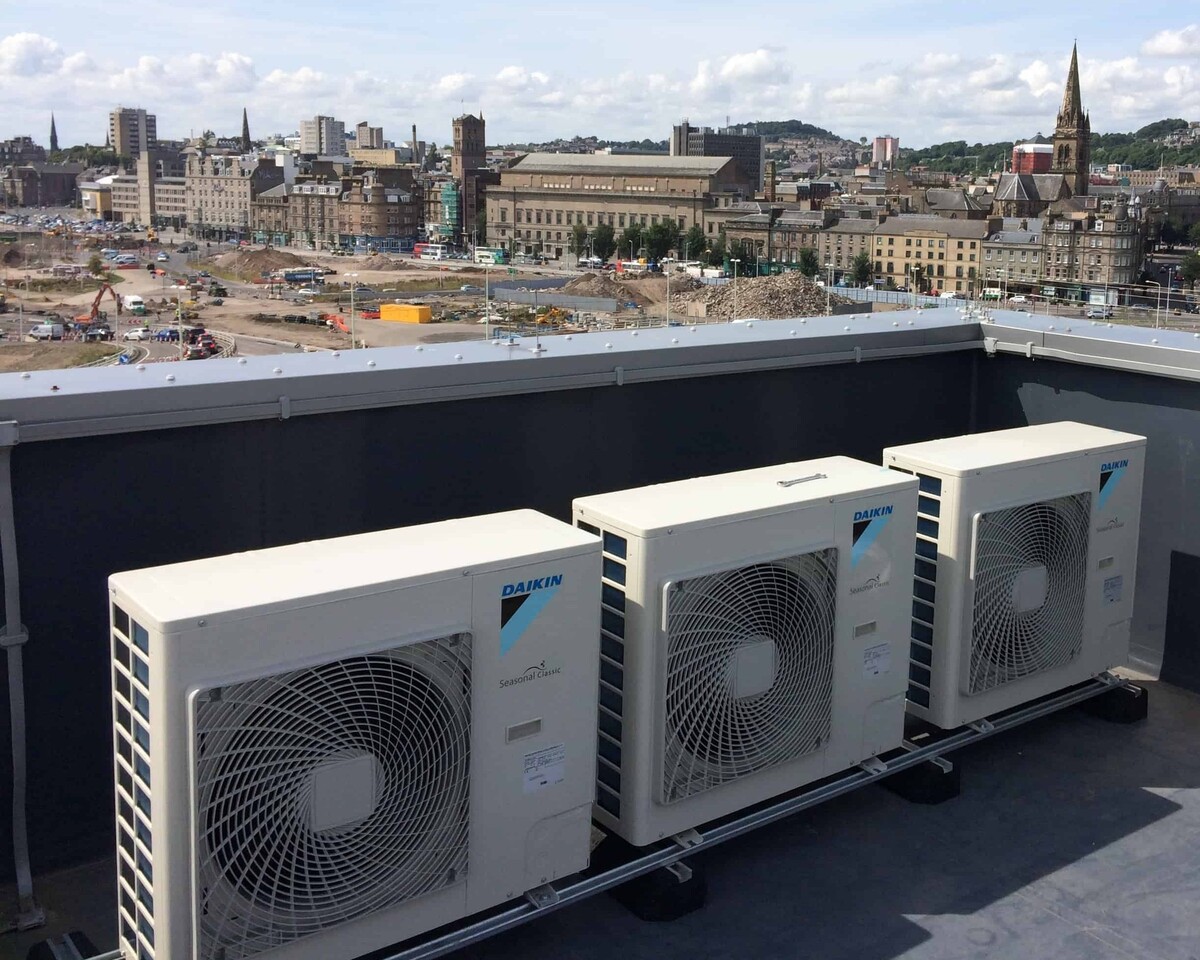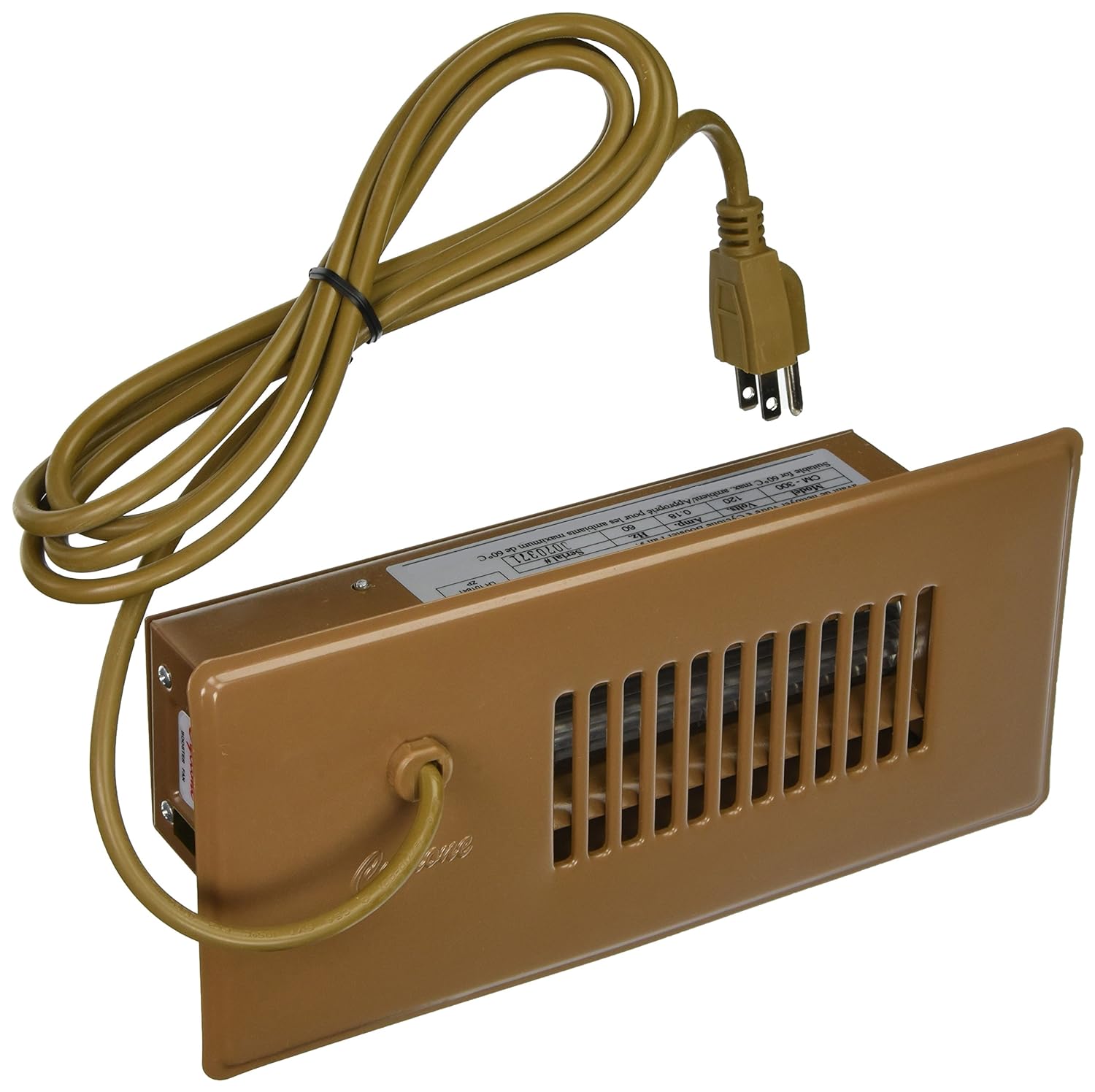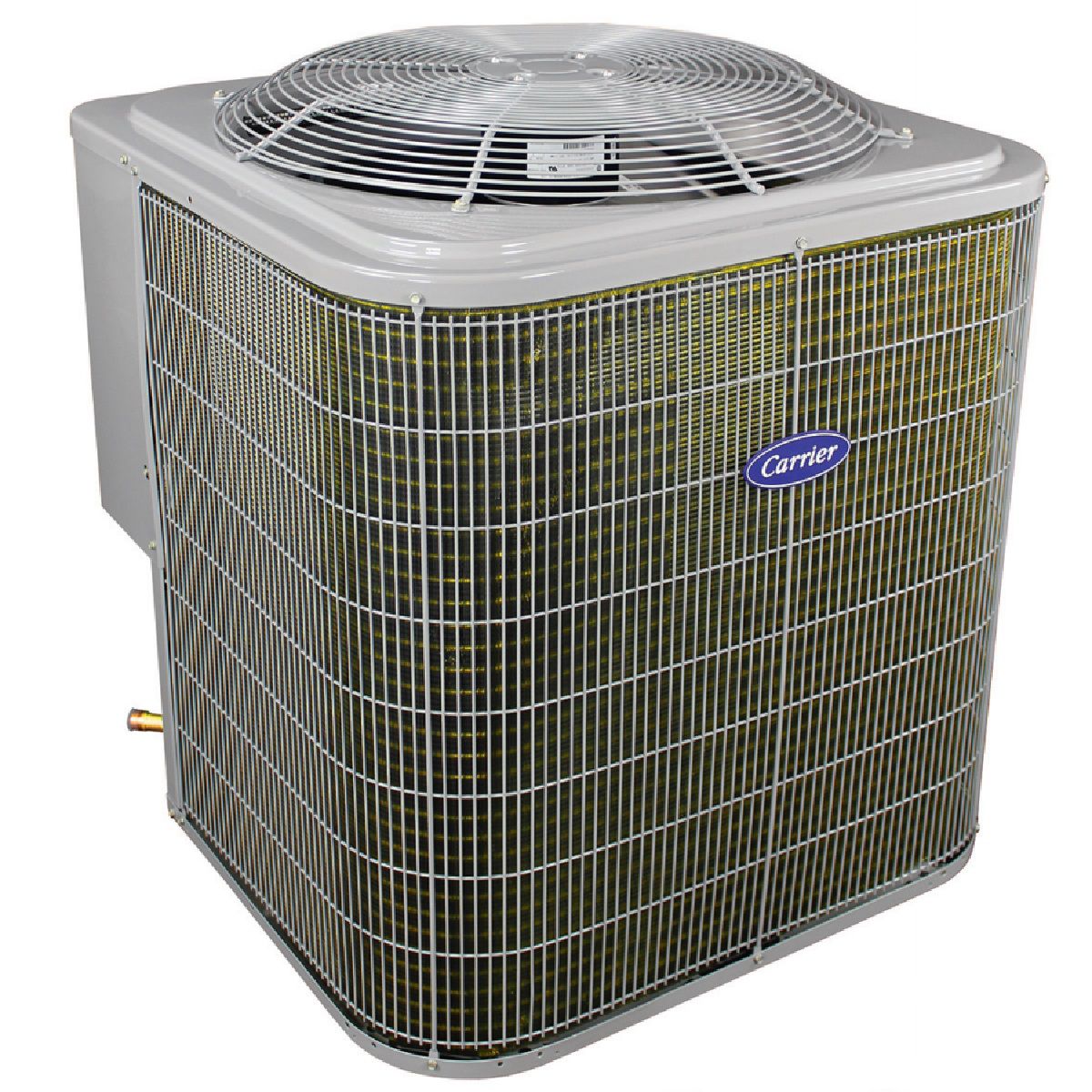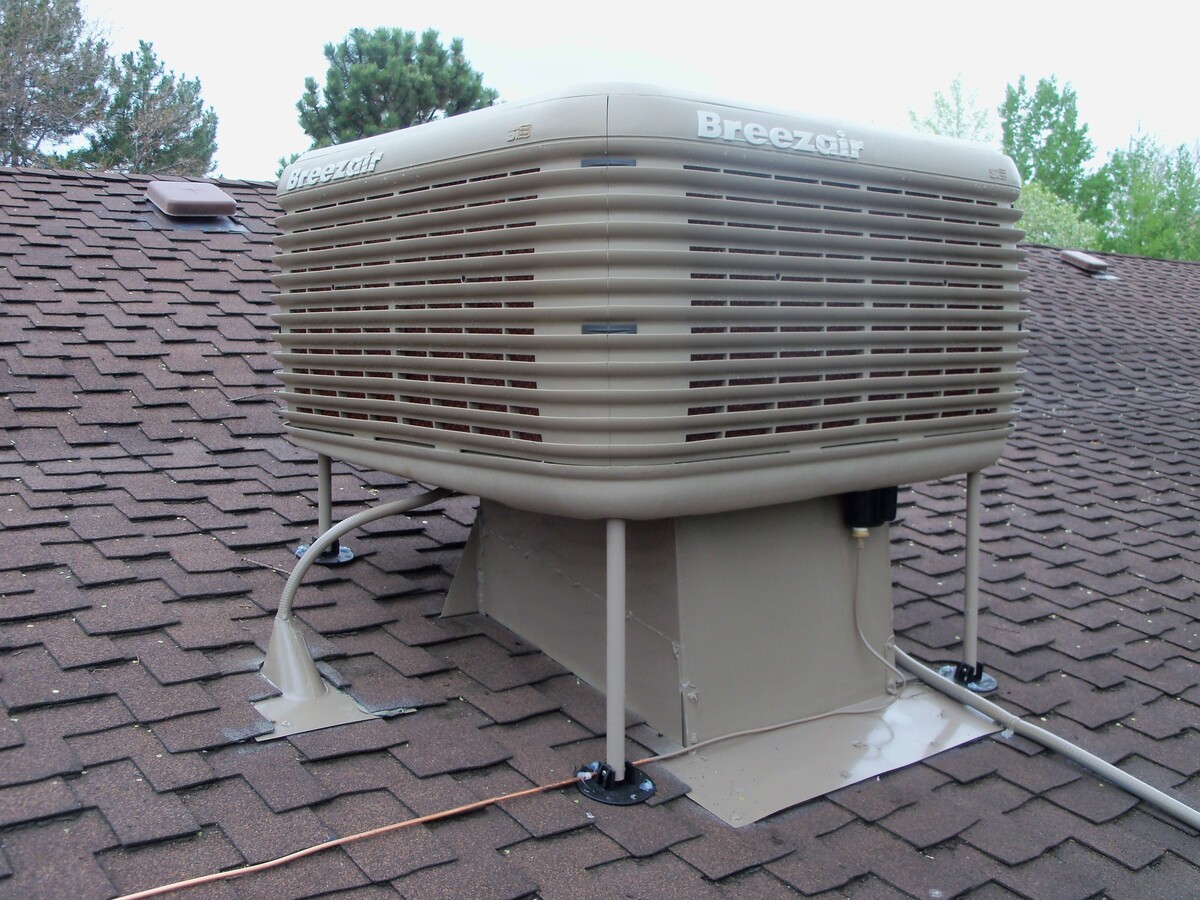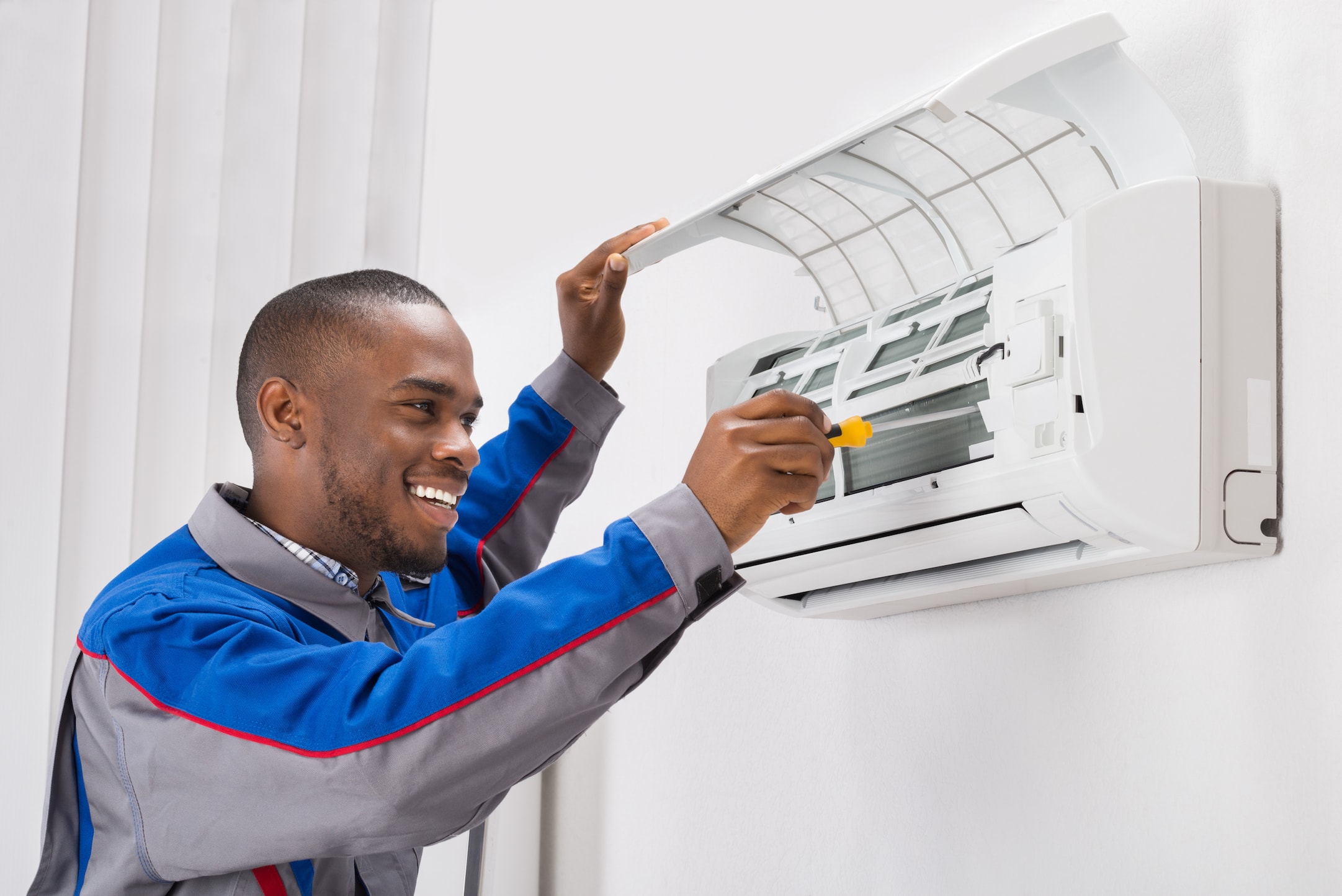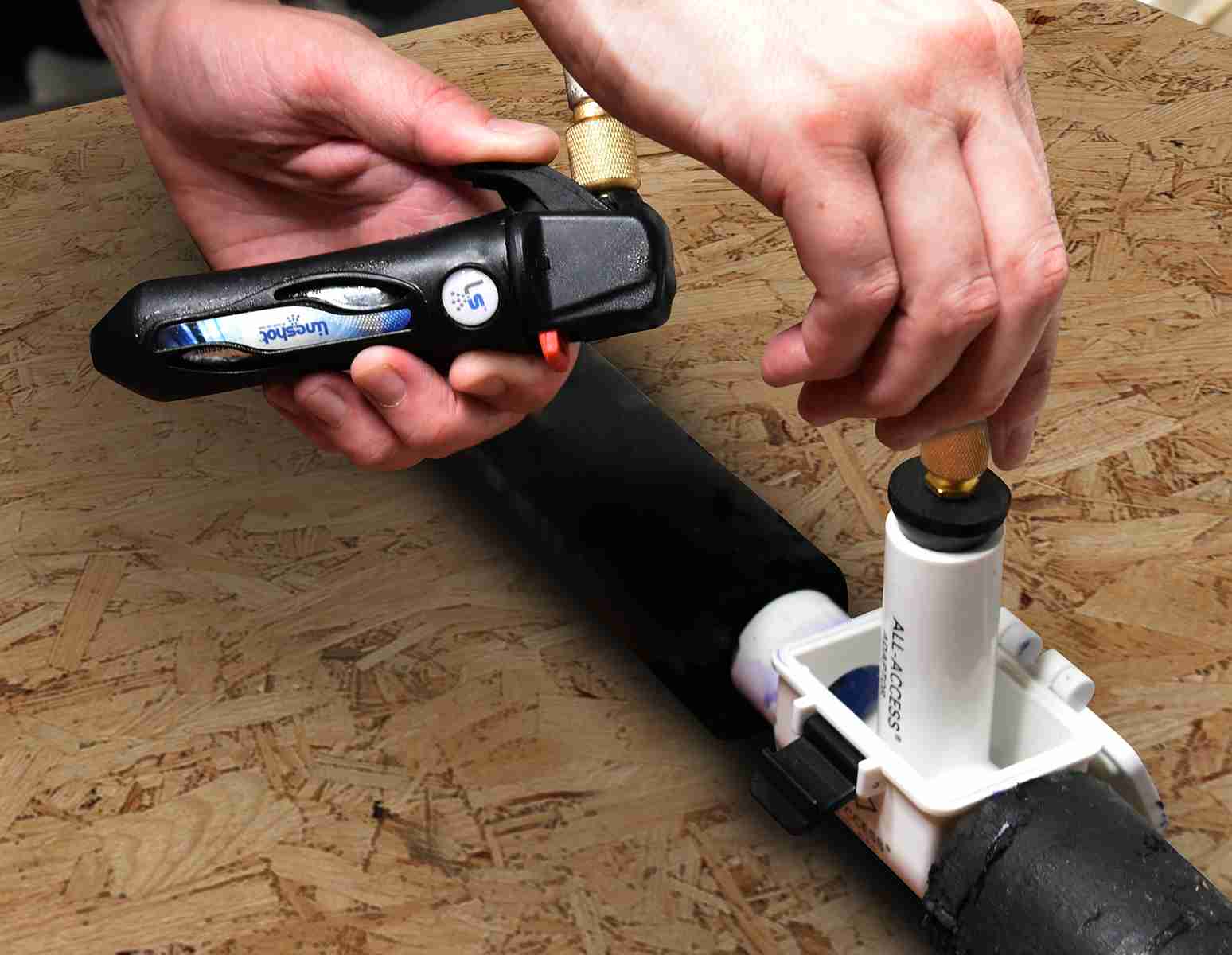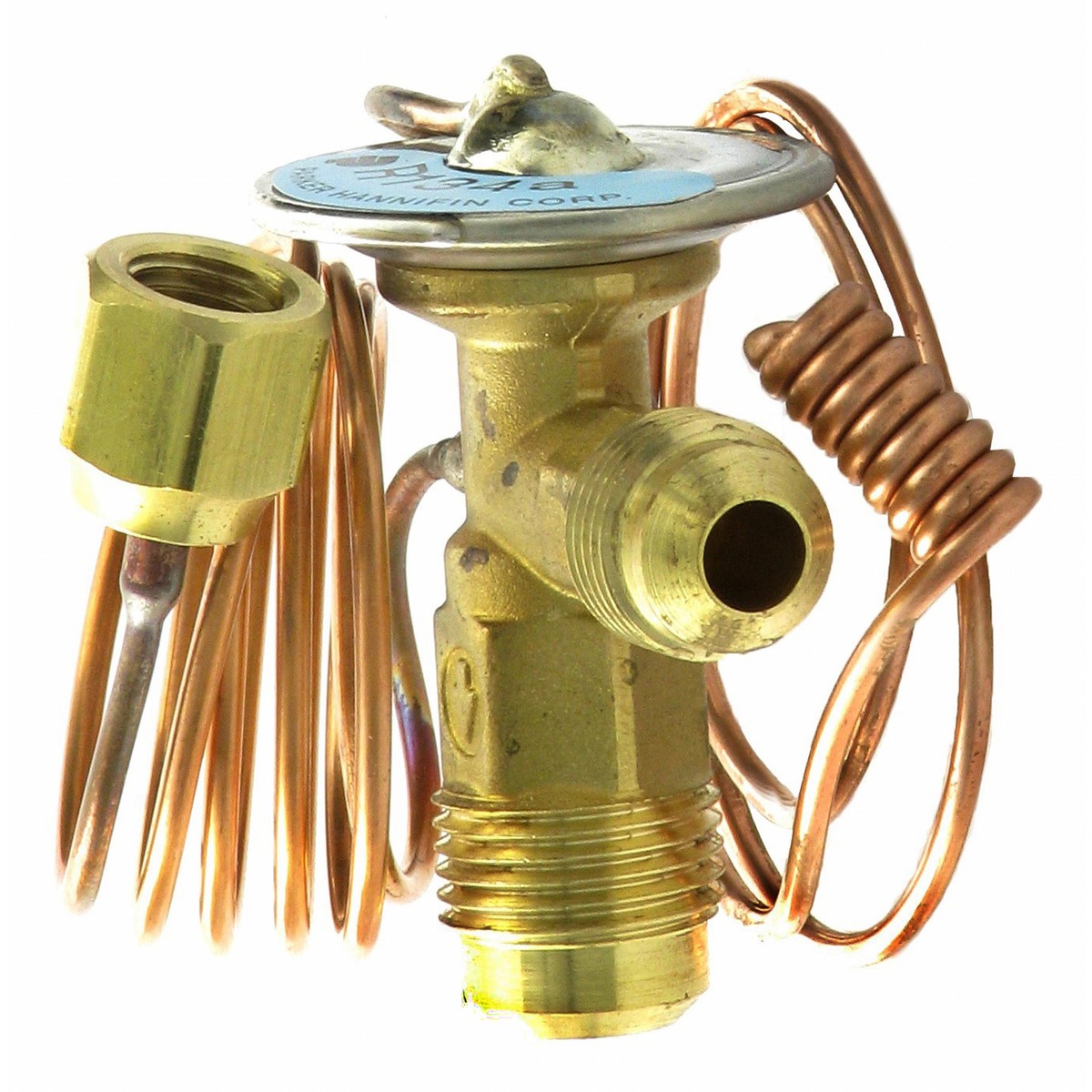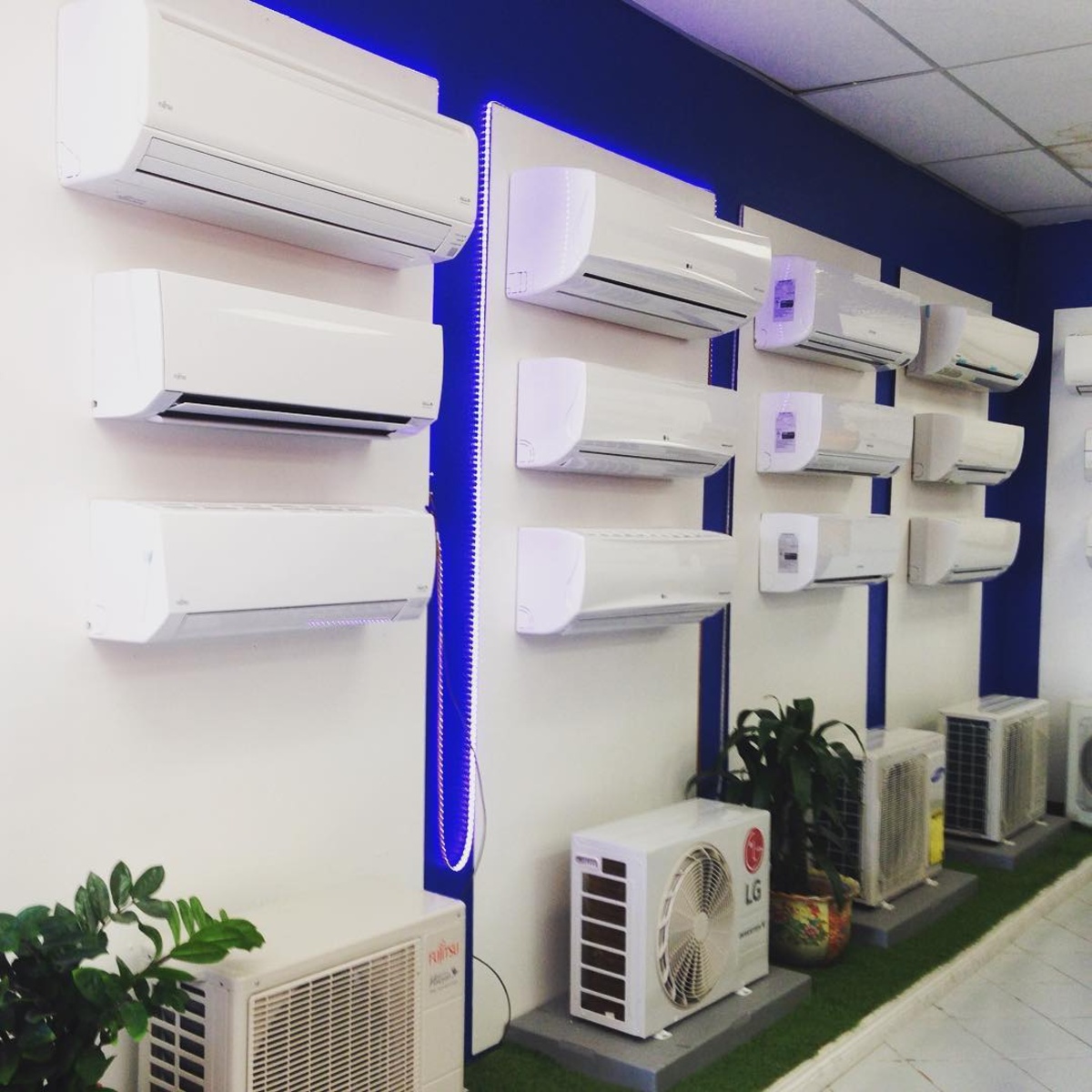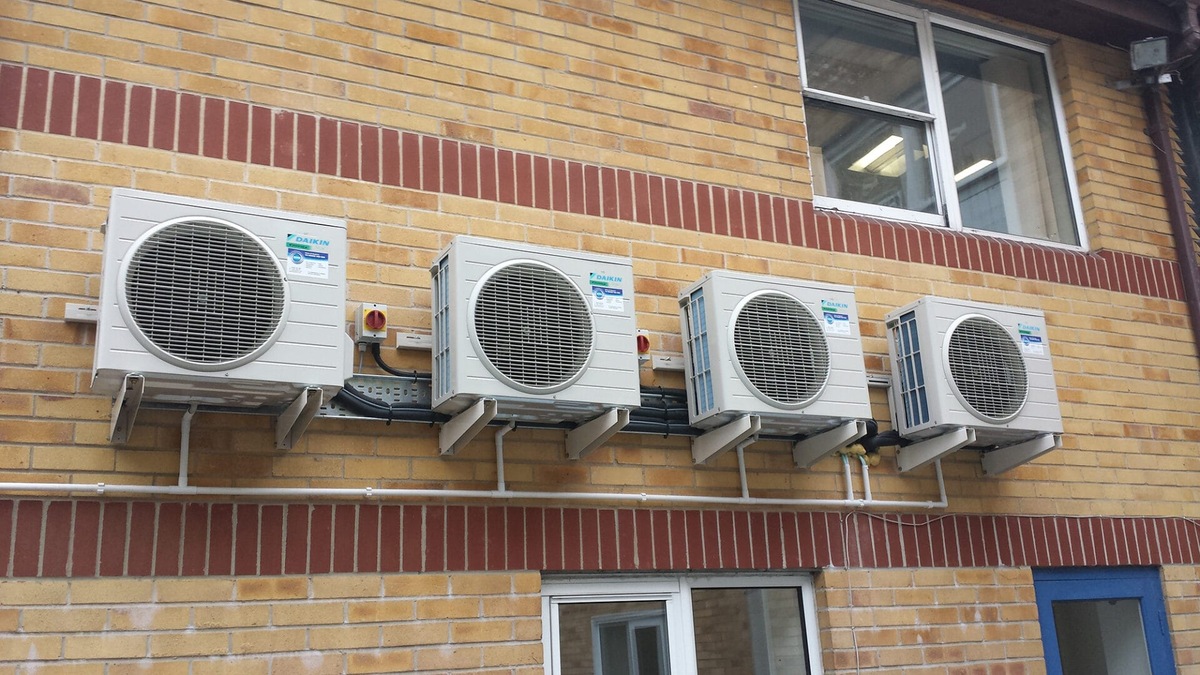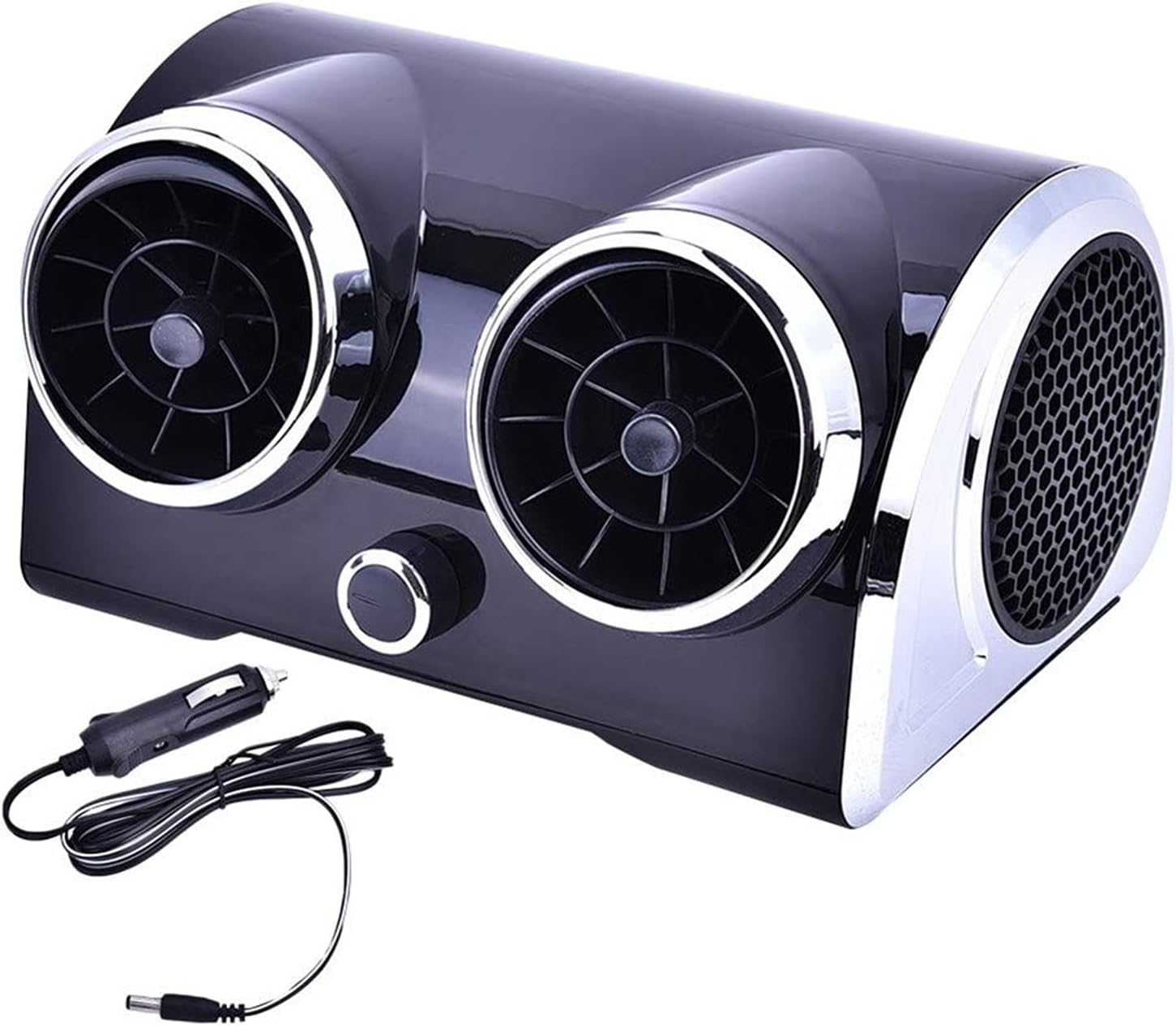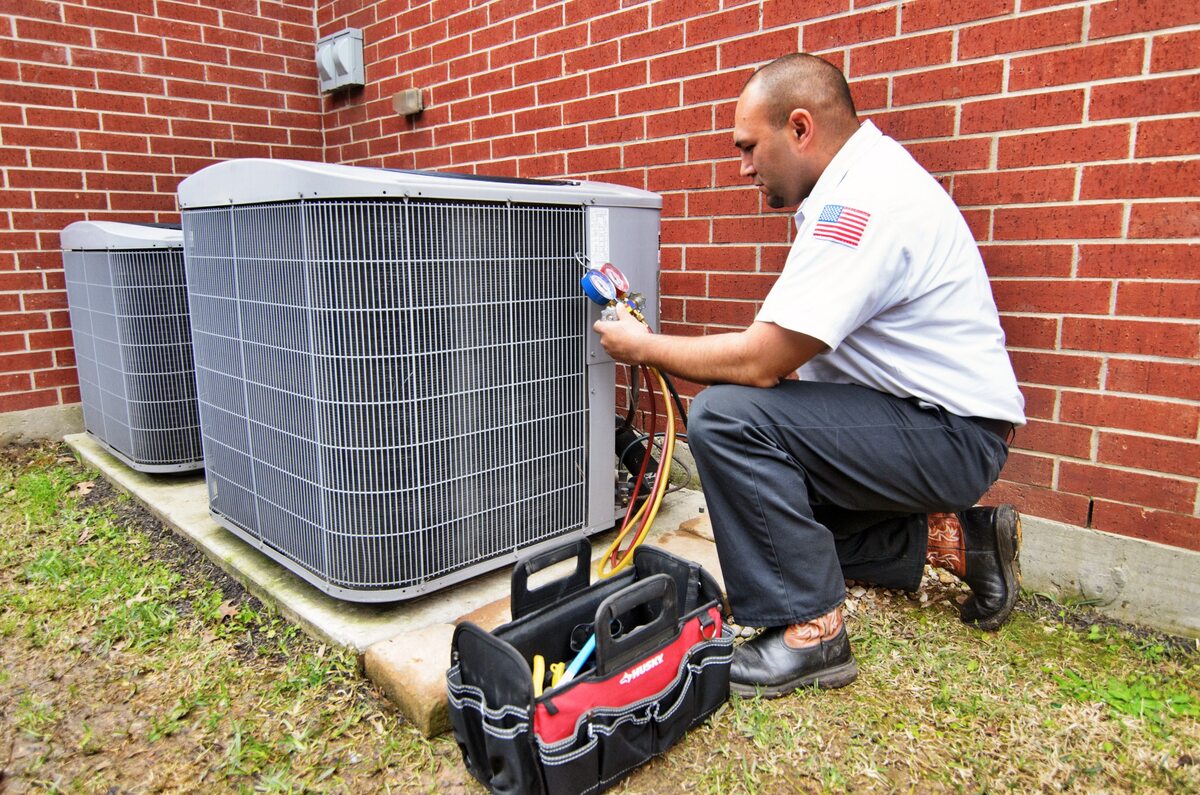Home>Home Maintenance>How To Insulate A Room For Air Conditioning
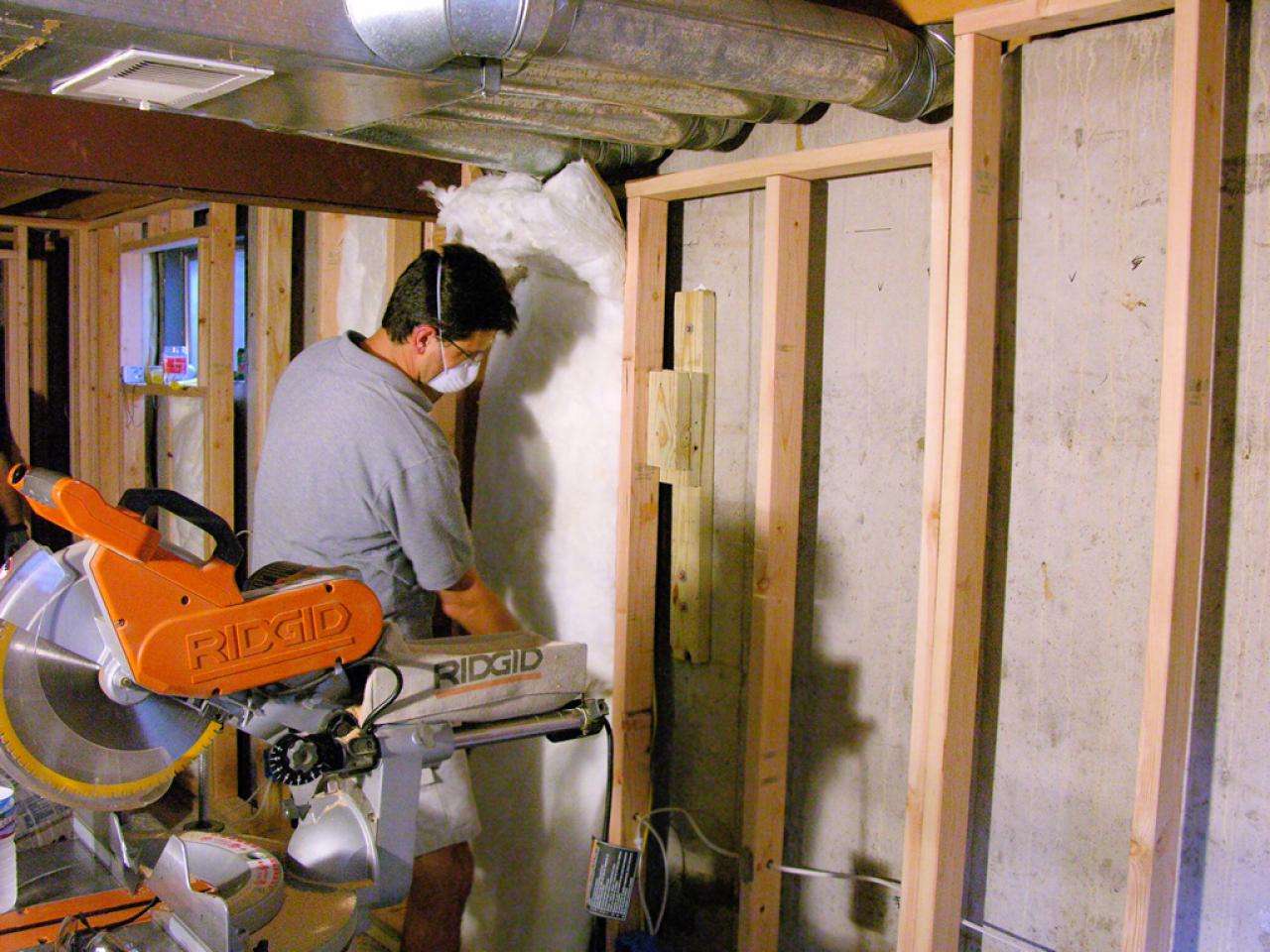

Home Maintenance
How To Insulate A Room For Air Conditioning
Modified: March 6, 2024
Learn how to insulate a room for air conditioning and improve your home's energy efficiency with our step-by-step guide. Get expert tips on home maintenance.
(Many of the links in this article redirect to a specific reviewed product. Your purchase of these products through affiliate links helps to generate commission for Storables.com, at no extra cost. Learn more)
Introduction
Welcome to the world of home maintenance! One of the most important aspects of creating a comfortable living space is ensuring proper insulation. When it comes to air conditioning, insulating a room is crucial for enhancing energy efficiency and maintaining a comfortable temperature. A well-insulated room can significantly reduce energy consumption and lower utility bills. Whether you are preparing for the hot summer months or looking to improve the efficiency of your current air conditioning system, this article will guide you through the process of insulating a room for air conditioning.
Insulating a room involves sealing cracks and gaps, insulating walls, ceilings, doors, and windows, as well as ensuring proper ventilation. A combination of these measures will help create a barrier that minimizes heat transfer, keeping the cool air inside and the hot air out. Additionally, insulating a room can also help reduce noise transmission from outside, providing a peaceful environment for relaxation.
Before you begin the insulation process, it is essential to assess the room and understand its unique characteristics. Consider factors such as the room’s size, location, and the materials used in its construction. This initial assessment will help determine the most effective insulation methods to achieve optimal results.
In the following steps, we will discuss various techniques and materials to effectively insulate a room for air conditioning. From sealing cracks and gaps to installing proper ventilation, these steps will provide you with a comprehensive guide to ensure a well-insulated space that promotes energy efficiency and comfort.
Key Takeaways:
- Proper insulation for air conditioning reduces energy consumption, lowers utility bills, and maintains a comfortable temperature by sealing cracks, insulating walls, and installing proper ventilation.
- Regular maintenance of insulation, such as sealing gaps, replacing damaged insulation, and cleaning air vents, ensures long-lasting effectiveness and optimal energy efficiency for a comfortable living space.
Step 1: Assessing the Room
Before you start the insulation process, it’s important to assess the room and identify any specific challenges or requirements. Here are the key factors to consider:
- Room size: The size of the room will determine the amount of insulation material needed. Larger rooms may require more insulation to maintain a consistent temperature.
- Room location: Consider the room’s position within the house. Rooms on the top floor or those facing direct sunlight may require additional insulation to combat heat gain.
- Wall composition: Determine the type of walls in the room. Different construction materials such as brick, concrete, or wood require different insulation methods.
- Existing insulation: Check if the room already has insulation and assess its condition. Older insulation may need to be replaced or supplemented for improved performance.
- Windows and doors: Examine the windows and doors in the room for any air leaks or poor insulation. These areas are often major sources of heat transfer and should be addressed during the insulation process.
By thoroughly assessing these factors, you will gain a better understanding of the room’s insulation needs, allowing you to choose the most appropriate materials and methods for insulating the space effectively.
Step 2: Sealing Cracks and Gaps
One of the key steps in insulating a room for air conditioning is sealing cracks and gaps. These openings can not only let cold air escape in the summer but also allow warm air to enter during the winter months. Here’s how to effectively seal cracks and gaps:
- Inspect the room: Start by carefully examining the room for any visible cracks or gaps. Common areas to check include the baseboards, window frames, electrical outlets, and door frames. Look for any spaces where air could penetrate.
- Use caulk: Use a high-quality caulk to seal small cracks and gaps. Apply the caulk along the edges of windows and doors, as well as around electrical outlets and baseboards. Be sure to smooth the caulk for a neat finish.
- Apply weatherstripping: Weatherstripping is ideal for sealing larger gaps around windows and doors. Measure the length needed and cut the weatherstripping accordingly. Apply it to the edges of windows and doors to create a tight seal that prevents air leakage.
- Seal electrical outlets: Electrical outlets on exterior walls can be a significant source of air leakage. Install foam gaskets behind the outlet covers to minimize air infiltration. This simple step can make a big difference in insulation efficiency.
- Use door sweeps: Install door sweeps at the bottom of exterior doors to prevent air from escaping or entering. These sweeps create a seal between the door and the floor, improving insulation and energy efficiency.
By sealing cracks and gaps, you will greatly reduce air leakage, improving the overall insulation of the room. This step is essential for maintaining a consistent temperature and energy-efficient air conditioning.
Step 3: Insulating Walls and Ceilings
Insulating the walls and ceilings is a crucial step in creating an energy-efficient and comfortable room for air conditioning. Proper insulation helps to minimize heat transfer and maintain a consistent temperature. Here’s how to insulate walls and ceilings effectively:
- Determine the insulation material: There are various insulation materials available, such as fiberglass batts, spray foam, and cellulose insulation. Choose a material that suits your specific needs and budget.
- Prepare the walls: If the walls have existing insulation, check its condition. Remove any damaged insulation before installing new material. If the walls are bare, proceed to the next step.
- Measure and cut the insulation: Measure the height and width of the wall cavity and cut the insulation material accordingly. It’s important to leave a small gap for the insulation to expand, ensuring a snug fit.
- Install the insulation: Place the insulation material into the wall cavities, ensuring it fills the space evenly. Use a utility knife to trim any excess material if necessary. Repeat this process for all walls.
- Seal gaps and joints: Inspect the walls for any gaps or joints where air might leak. Use caulk or spray foam to seal these areas, ensuring a complete barrier against air infiltration.
- Insulate the ceiling: If the room has a ceiling, insulate it using the same techniques as the walls. Pay attention to areas around light fixtures and vents, ensuring they are properly insulated to prevent air leakage.
By effectively insulating the walls and ceilings, you will create a thermal barrier that reduces heat transfer and improves the energy efficiency of your air conditioning system. This step is crucial for maintaining a comfortable and regulated indoor temperature.
Step 4: Insulating Doors and Windows
Properly insulating doors and windows is essential for preventing air leakage and improving the overall energy efficiency of a room. Here’s how you can effectively insulate doors and windows:
- Check for air leaks: Begin by inspecting the doors and windows for any air leaks. Look for gaps between the frames and the walls, as well as around the edges of the windows and doors.
- Apply weatherstripping: Weatherstripping is an effective way to seal gaps around doors and windows. Measure the length needed and cut the weatherstripping accordingly. Apply it to the edges to create a tight seal that prevents air infiltration.
- Use door sweeps: Install door sweeps at the bottom of exterior doors to prevent air from escaping or entering. Door sweeps create a seal between the door and the floor, improving insulation and energy efficiency.
- Consider window films: Window films, such as low-emissivity (Low-E) or reflective films, can help reduce heat gain in the summer and heat loss in the winter. These films can be applied to the inside of the windows to reflect heat and block harmful UV rays.
- Install window caulking: Apply caulk around the perimeter of the window frames to seal any cracks or gaps. This helps create a barrier against air leakage and improves insulation.
- Use window coverings: Install curtains, blinds, or shades to provide an additional layer of insulation. These coverings can help block out sunlight in the summer and provide insulation during colder months.
By properly insulating doors and windows, you can minimize air leakage and maintain a more comfortable and energy-efficient room. These steps will help create a better barrier against heat transfer and improve the overall insulation of the space.
Read more: How To Humidify A Room With Air Conditioning
Step 5: Insulating the Floor
Insulating the floor is an important step in creating a well-insulated room for air conditioning. A properly insulated floor can help minimize heat loss and improve the overall energy efficiency of the space. Here’s how you can effectively insulate the floor:
- Assess the existing floor: Determine the composition and condition of the floor. For suspended timber floors, insulation can be installed between the floor joists. For concrete floors, insulation can be laid above or below the concrete surface.
- Choose the insulation material: Select the insulation material that best suits your needs and floor type. Common options include rigid foam boards, fiberglass batts, or spray foam insulation.
- Install insulation between floor joists: If you have a suspended timber floor, measure the gap between the floor joists and cut the insulation material to fit. Install the insulation, ensuring a snug fit that fills the entire space.
- Insulate over concrete floors: If you have a concrete floor, you can lay insulation boards or rolls on top of the concrete before installing the new flooring. This helps create a thermal barrier and reduce heat transfer.
- Seal gaps and joints: Inspect the floor for any gaps or joints that may allow air leakage. Use caulk or foam sealant to seal these areas, creating a tight barrier against air infiltration.
- Consider underfloor heating: If you have underfloor heating, it’s essential to choose insulation materials compatible with this system. Consult a professional for guidance on the best insulation options for underfloor heating.
Insulating the floor is crucial for minimizing heat loss and improving the energy efficiency of a room. By taking the time to properly insulate the floor, you can create a more comfortable and insulated space for your air conditioning system to function optimally.
Use weather stripping to seal any gaps around windows and doors. Add insulation to walls and ceilings to prevent cool air from escaping. Consider using thermal curtains to further insulate windows.
Step 6: Installing Proper Ventilation
Proper ventilation is a critical component of maintaining a healthy and comfortable indoor environment. Installing adequate ventilation in a room is essential to ensure the efficient airflow and circulation of fresh air. Here’s how you can install proper ventilation:
- Evaluate ventilation needs: Assess the room’s size, occupancy, and specific ventilation requirements. Consider factors such as moisture levels, odors, and pollutants that may need to be removed from the space.
- Choose the ventilation system: There are different types of ventilation systems available, such as exhaust fans, mechanical ventilation, or natural ventilation. Select the system that best suits your needs and the room’s characteristics.
- Position the ventilation outlets: Determine the ideal locations for the ventilation outlets based on the room’s layout and airflow patterns. Consider installing outlets near potential moisture sources, such as bathrooms or kitchens.
- Install exhaust fans: If necessary, install exhaust fans in areas where moisture or pollutants are generated, such as bathrooms or cooking areas. Ensure the fans are properly vented to the outside to expel stale air.
- Consider mechanical ventilation: In some cases, the natural airflow may be insufficient. Installing a mechanical ventilation system, such as a whole-house ventilation system or a heat recovery ventilation (HRV) system, can help provide controlled and efficient airflow throughout the room.
- Maintain proper ventilation: Regularly clean and maintain the ventilation system to ensure its effectiveness. Replace filters as needed and check for any blockages or obstructions that may hinder airflow.
Installing proper ventilation is crucial for maintaining a healthy and comfortable indoor environment. It helps reduce humidity, remove pollutants, and control temperature, ensuring optimal conditions for your air conditioning system to work efficiently.
Step 7: Using Reflective Window Film
Using reflective window film is an effective way to reduce heat gain and improve the energy efficiency of a room. This film is designed to reflect sunlight and block harmful UV rays, helping to keep the room cooler during hot summer months. Here’s how you can use reflective window film:
- Select the appropriate film: Choose a high-quality reflective window film that suits your specific needs. Look for films with a high solar reflectance; they are more effective at blocking heat.
- Clean the windows: Thoroughly clean the windows before applying the film. Remove any dirt, dust, or residue to ensure a smooth and secure application.
- Measure and cut the film: Measure the dimensions of the window and cut the reflective film accordingly. Leave a small overlap on each side to ensure complete coverage.
- Prepare the film: If needed, wet the surface of the film with a mixture of water and soap. This allows for easier positioning and adjustments during the application process.
- Apply the film: Place the film on the window, starting from the top and working your way down. Use a squeegee or a credit card to remove any air bubbles and smooth out the film for a neat finish.
- Trim the excess film: Once the film is applied, use a utility knife or a sharp blade to carefully trim any excess film along the edges of the window.
- Ensure proper adhesion: Press the film firmly against the window to ensure it sticks securely. Smooth out any remaining bubbles or wrinkles for optimal adhesion.
Using reflective window film can significantly reduce heat gain, glare, and UV radiation, creating a more comfortable and energy-efficient environment. It is a cost-effective solution that can complement other insulation methods in improving the overall efficiency of your air conditioning system.
Step 8: Using Window Coverings
Window coverings play a crucial role in insulating a room and enhancing its energy efficiency. They provide an additional layer of insulation and help control the amount of sunlight and heat entering the room. Here’s how you can use window coverings to improve insulation:
- Select the right window coverings: Choose window coverings that offer insulation properties, such as cellular shades, thermal curtains, or blinds with built-in insulation.
- Measure the windows: Measure the width and length of each window to ensure the window coverings fit properly. Use a measuring tape to get accurate dimensions.
- Install insulating curtains: Insulating curtains are designed with multiple layers to trap air, providing increased insulation. Install these curtains on a sturdy curtain rod, ensuring they cover the entire window area.
- Use blinds or shades: Blinds and shades can help regulate daylight and control heat gain. Close them during the hottest parts of the day to block out sunlight, and open them when needed to allow natural light into the room.
- Add window film: To further enhance the insulation properties of window coverings, consider adding a low-emissivity (Low-E) film. This film helps reflect heat and blocks harmful UV rays, improving the energy efficiency of the room.
- Seal gaps: Ensure that the window coverings are installed close to the window frame to minimize gaps where air can escape or enter. Use weatherstripping or caulking to seal any remaining gaps around the edges.
- Adjust as needed: Regularly adjust the window coverings throughout the day based on sunlight and temperature. Close them during hot periods to keep the room cooler and open them in cooler times to allow natural ventilation.
Using window coverings effectively can significantly improve the insulation of a room and reduce energy consumption. They provide an extra layer of protection against heat gain or loss, allowing your air conditioning system to work more efficiently.
Read more: Why Is The Air Conditioning Not Cooling
Step 9: Maintaining the Insulation
Maintaining the insulation in your room is essential to ensure its long-lasting effectiveness and optimal energy efficiency. Regular upkeep and inspections will help identify any issues and prevent potential problems. Here’s how you can maintain the insulation in your room:
- Inspect for damage: Periodically inspect the insulation in your room to check for any signs of damage or wear. Look for gaps, tears, or areas where the insulation may have shifted or become dislodged.
- Seal any gaps or cracks: If you notice any gaps or cracks in the insulation, promptly seal them with caulk, foam sealant, or weatherstripping. This will help maintain a continuous thermal barrier and prevent air leakage.
- Replace damaged insulation: If the insulation is damaged beyond repair, it’s important to replace it promptly. Damaged insulation can compromise its effectiveness and result in energy loss.
- Clean air vents and ducts: Regularly clean the air vents and ducts in your room to ensure proper airflow. Dust and debris can accumulate, hindering the efficiency of your air conditioning system. Clean vents and ducts promote better airflow and distribution of cool air.
- Maintain weatherstripping and caulking: Check the condition of weatherstripping around windows and doors and caulking in other areas regularly. If worn out or damaged, replace or reapply as necessary to maintain an airtight seal.
- Monitor and adjust insulation: Monitor the temperature and comfort levels in your room. If you notice inconsistencies or discomfort, consider adjusting or supplementing the insulation in specific areas to improve the overall insulation and temperature regulation.
- Conduct seasonal maintenance: Perform seasonal maintenance tasks, such as cleaning and maintaining air conditioning filters, to ensure the system operates efficiently and doesn’t strain to cool the room.
- Stay vigilant for moisture: Keep an eye out for any signs of moisture buildup or water damage, as these can compromise the effectiveness of insulation. Address any moisture issues promptly to prevent mold or further damage.
- Consider professional inspections: If you’re unsure about the condition of your insulation or need expert advice, consider scheduling professional inspections. Insulation professionals can assess the effectiveness of your insulation and offer recommendations for maintenance or improvements.
Maintaining the insulation in your room is crucial for its long-term efficiency and energy savings. By staying proactive and conducting regular inspections, you can ensure that your insulation continues to provide optimal thermal performance and comfortable living conditions for years to come.
Conclusion
Insulating a room for air conditioning is a vital step in creating a comfortable, energy-efficient living environment. Proper insulation helps minimize heat transfer, reduce energy consumption, and maintain a consistent temperature throughout the year. By following the steps outlined in this guide, you can effectively insulate your room and enhance its overall energy efficiency.
Assessing the room and understanding its unique characteristics is crucial before beginning the insulation process. Sealing cracks and gaps, insulating walls and ceilings, and addressing air leakage points around doors and windows create a solid foundation for energy efficiency. Additionally, insulating the floor and installing proper ventilation further contribute to a well-insulated room.
Using reflective window film and window coverings provides additional insulation benefits by reducing heat gain and blocking sunlight. Regular maintenance of the insulation ensures its long-lasting effectiveness and enhances its performance over time.
Remember, proper insulation not only promotes energy efficiency but also improves indoor comfort and contributes to a healthier living environment. It’s an investment that pays off in the form of reduced utility bills and increased comfort year-round.
So, take the necessary steps to insulate your room for air conditioning and enjoy the benefits of an energy-efficient, comfortable living space. Start making your room more efficient and create a cozy environment that you can truly enjoy.
Frequently Asked Questions about How To Insulate A Room For Air Conditioning
Was this page helpful?
At Storables.com, we guarantee accurate and reliable information. Our content, validated by Expert Board Contributors, is crafted following stringent Editorial Policies. We're committed to providing you with well-researched, expert-backed insights for all your informational needs.
